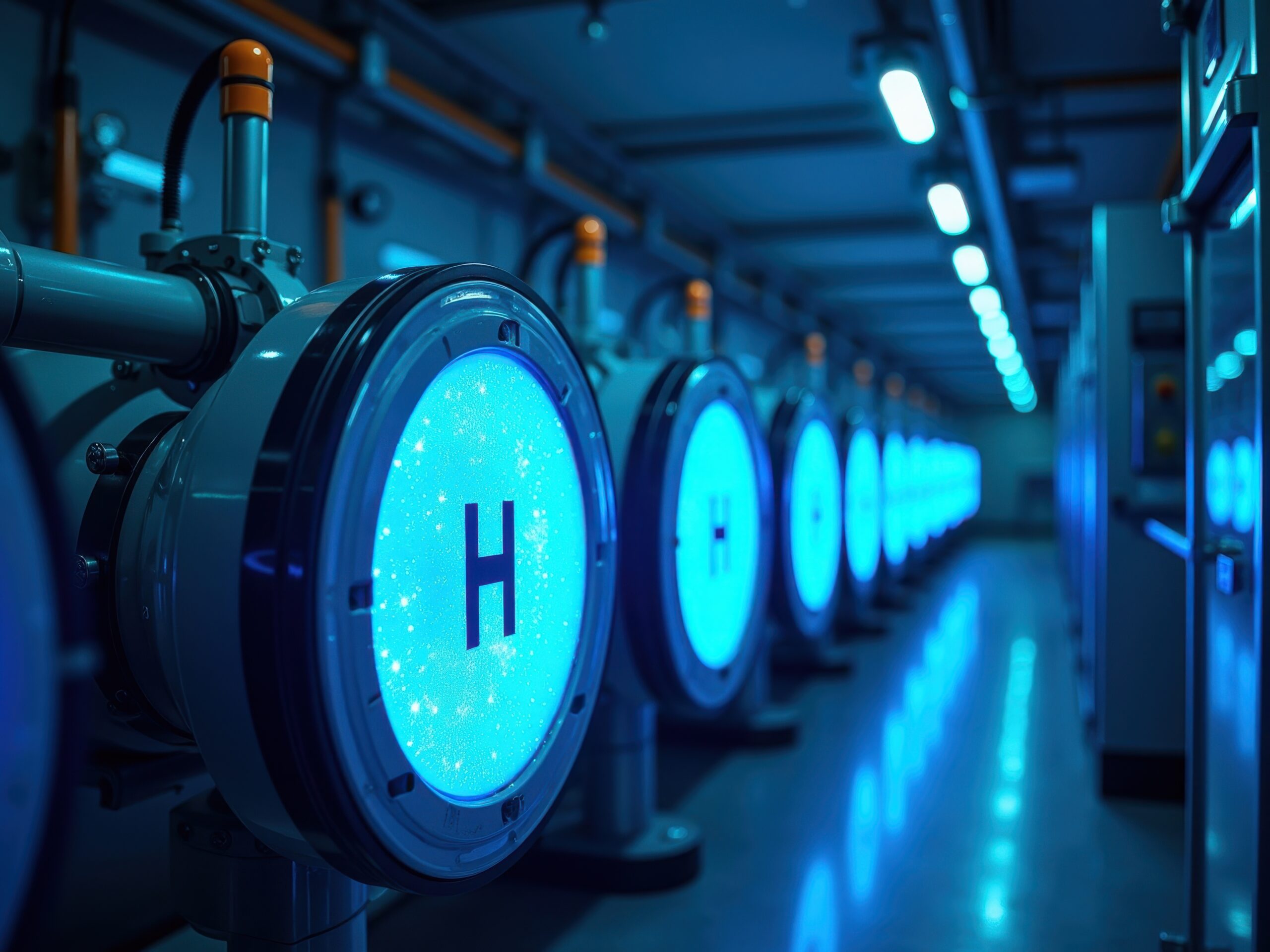China Sets its Sights on Big Hydrogen Projects, Spanning 11 Regions

China’s National Energy Administration (NEA) has unveiled an ambitious hydrogen pilot scheme aimed at accelerating the commercialisation and scale-up of hydrogen technologies across 11 priority areas.
The initiative will test key applications, business models, and governance mechanisms, with both individual project pilots and regional-city-led pilots driving innovation.
All pilots must be fully operational or have met their trial objectives by June 2028, unless officially extended.
The NEA will evaluate projects based on technological advancement, commercial viability, carbon reduction impact, and replicability.
In green hydrogen production, pilots will trial electrolyser capacities of at least 100MW, powered primarily (>80%) by renewables. Nuclear-powered hydrogen production is also encouraged in regions with stable baseload generation.
Remote locations such as deserts, deep-sea sites, and isolated plateaus will host >10MW off-grid hydrogen production systems, integrating solar and wind power with storage to create self-sufficient microgrids.
China is Also Prioritising Low-carbon Hydrogen Production
This focuses on capturing hydrogen from coke ovens, chlor-alkali processes, and hydrocarbon cracking, while promoting carbon capture and utilisation (CCUS) retrofits for fossil-based hydrogen production.
Storage and transport will be tested at scale, with pilots demonstrating 100km pipelines, 5-tonne-per-day liquid hydrogen plants, and new hydrogen carriers, including liquid organic hydrogen carriers (LOHCs) and metal hydride tanks. Each storage project must support a minimum capacity of 20,000Nm³.
On the hydrogen usage side, the NEA is targeting refinery and coal-to-liquid substitution, hydrogen-ammonia power generation, and long-duration hydrogen storage for grid stability. Projects must consume over 1,000 tonnes per year of renewable hydrogen, while pilot-scale turbines (>10MW) will co-fire with at least 15% hydrogen or ammonia, and coal-fired units (>300MW) must co-fire at least 10%.
For long-duration hydrogen energy storage, systems must deliver over 1MW for at least four hours, supporting seasonal grid balancing and peak shaving. Hydrogen fuel cells (>0.5MW) will be deployed in buildings, industrial zones, telecom sites, and remote areas.
Each province and central state-owned enterprise (SOE) can nominate up to five project pilots and two regional pilots, with priority given to proposals that already have permits, align with national R&D initiatives, or feature new technologies with strong technical and commercial foundations.
What This Means for Chinese Green Energy
This pilot scheme signals China’s commitment to scaling hydrogen as a core pillar of its green energy transition.
By integrating renewable-powered hydrogen production, advanced storage solutions, and industrial applications, China is positioning itself as a global leader in hydrogen innovation.
The focus on off-grid hydrogen microgrids and low-carbon hydrogen production suggests a diversified approach, ensuring hydrogen can support both centralised and decentralised energy systems.
Additionally, the large-scale infrastructure pilots, including hydrogen pipelines and liquid hydrogen plants, indicate China’s intent to build a robust hydrogen supply chain.
The co-firing of hydrogen in coal-fired power plants reflects a pragmatic strategy to decarbonise existing assets, while the deployment of hydrogen fuel cells in urban and industrial settings highlights China’s push for hydrogen-based electrification.
With clear targets and structured pilot programs, China is laying the groundwork for a hydrogen economy that could accelerate its decarbonisation goals while enhancing energy security.

